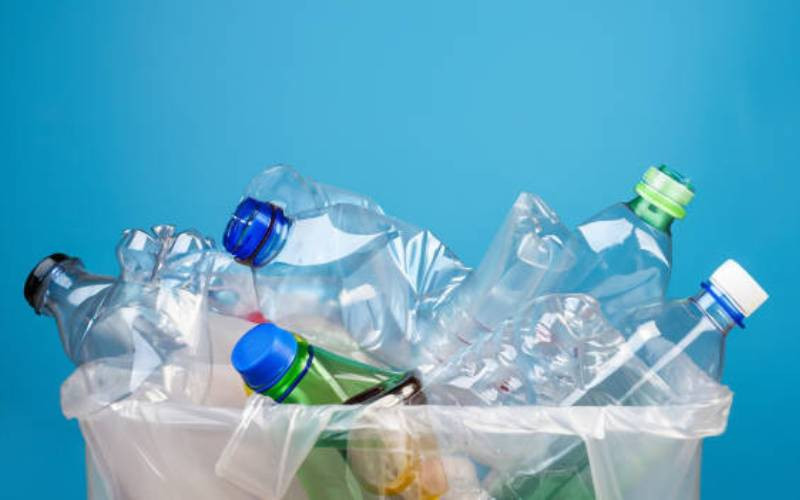
In March 2022, the United Nations Environment Assembly adopted resolution 5/14 towards addressing plastic pollution. The adoption illustrates how plastic pollution is a serious environmental problem at a global scale. It affirms the urgent need to strengthen global coordination, cooperation, governance and immediate action toward its long-term elimination.
The third session of the Plastics Intergovernmental Negotiation Committee in Nairobi, aims to establish a global commitment, promote sustainable practices, and eliminate plastic pollution with the involvement of stakeholders; scientists, lobby groups academia, and communities. Initially, the treaty centered on the visible and physical waste management crisis of plastics. However, lobby groups have been calling for a plastic treaty that goes beyond the visible impacts to address threats brought by chemicals in plastics that continue to pose a threat to health and the environment.

